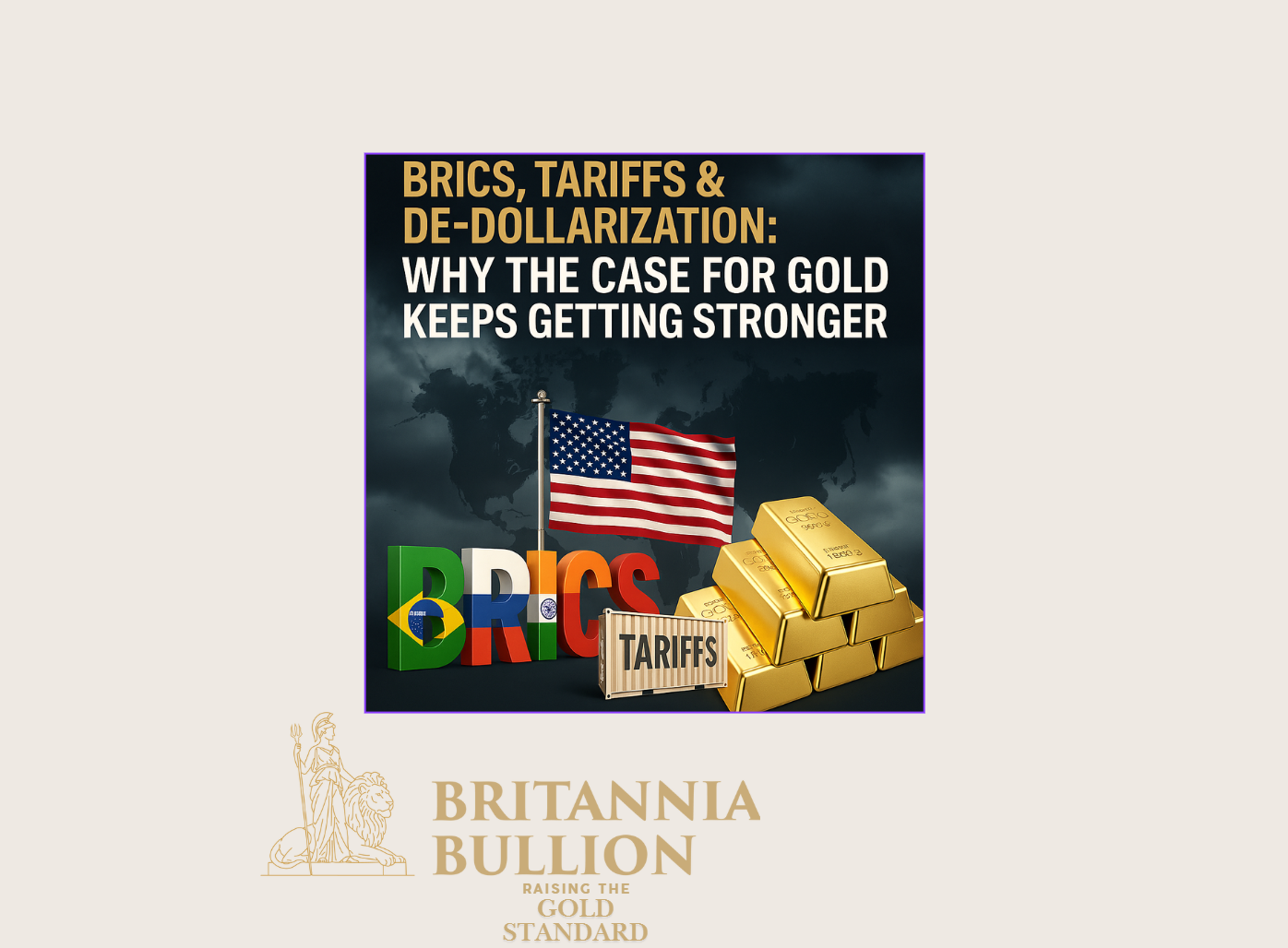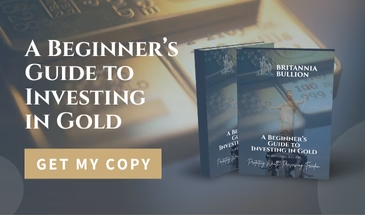
BRICS, Tariffs & De-Dollarization: Why the Case for Gold Keeps Getting Stronger

As the global financial order shifts beneath our feet, one metal continues to rise, quietly, steadily, and powerfully. Gold is doing what it has done for centuries: offering stability in a world of political volatility and monetary uncertainty.
Recent developments involving the BRICS nations, U.S. trade policy, and the dollar’s shrinking dominance are combining to form a perfect storm, and gold is right in the eye of it.
The BRICS Bloc is Growing... Fast
Initially comprising a loose group of five (Brazil, Russia, India, China, and South Africa), the BRICS has now expanded to include countries such as Egypt, Ethiopia, Iran, and the UAE, with many more countries lining up to join.
Their common goal? To build a multi-polar financial system that no longer relies so heavily on the U.S. dollar.
From oil settlements in yuan to inter-BRICS payment systems, the writing is on the wall: global de-dollarisation is accelerating.
Less Dollar Demand = Lower Dollar Power
The U.S. dollar has long maintained its position as the world’s reserve currency due to global demand for trade, energy, and debt issuance.
However, as BRICS and other emerging markets seek alternatives, demand for the dollar falls. That has two key effects:
-
Dollar yields drop, making USD-denominated assets less attractive.
-
Gold shines brighter, as it offers a non-dollar, borderless store of value.
When global capital begins seeking safety outside the dollar, it often finds refuge in physical gold.
Trump’s Tariff Threats May Accelerate the Shift
Donald Trump’s latest trade warnings have raised eyebrows worldwide.
In early July, Trump issued letters to more than a dozen countries, many of which are BRICS members or applicants, threatening heavy tariffs (up to 50%) if they pursue de-dollarisation or fail to strike “favourable” trade terms with the U.S.
The message was clear:
Stick with the dollar, or pay the price.
But this tactic could backfire.
Instead of keeping countries aligned with the dollar system, Trump’s tariff threat may only strengthen the resolve of BRICS nations to pursue alternatives, such as gold-backed settlements and regional currencies.
What This Means for Gold
All of this, BRICS growth, dollar pushback, tariff threats, point to one outcome:
Gold becomes even more strategically important.
It’s neutral, it’s borderless, it doesn’t depend on SWIFT, and it isn’t subject to political pressure or sanctions.
If central banks, especially in BRICS nations, continue to reduce dollar exposure, expect their gold buying to remain strong. That’s on top of rising demand from retail and institutional investors worldwide.
Final Thoughts: The Trend Is Bigger Than Politics
Whether you agree with BRICS goals or not, and whether Trump returns to the White House or not, the trend is undeniable:
-
The world is moving away from a single-currency global order
-
Tariff wars, trade blocs, and fragmentation are accelerating that shift
-
And in every past example of monetary transition, gold plays a central role
At Britannia Bullion, we help UK investors secure physical gold that is CGT-free, fully allocated, and stored or delivered according to your preference.
Now might be a smart time to ask:
Is your portfolio prepared for a post-dollar world?

